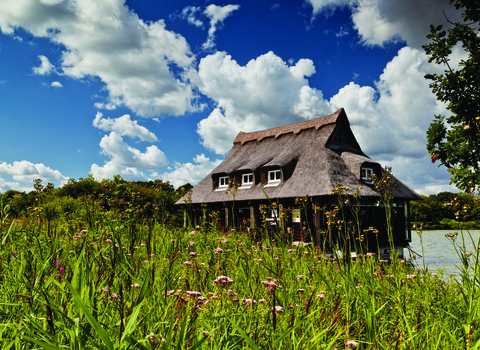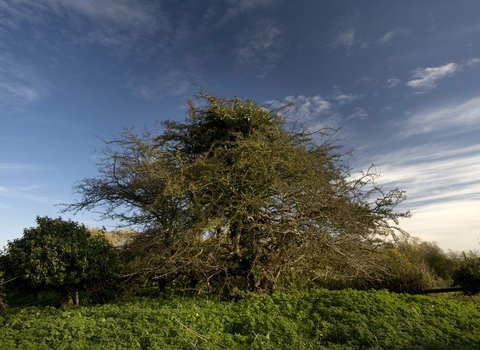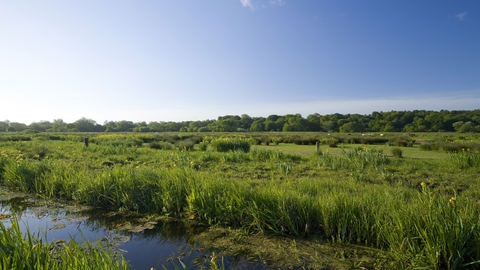
Thorpe Marshes (credit: Richard Osbourne)
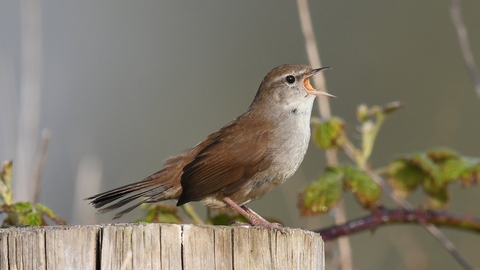
Cettis warbler (credit: Nick Appleton)
Location
OS Map Reference
TG 267 082Know before you go
Dogs
When to visit
Opening times
Dawn till dusk, every day, all year roundBest time to visit
All year roundAbout the reserve
NWT leases Thorpe Marshes from Arminghall Settlement Trustees. The site is home to a wonderful mixture of habitats. Flower-rich marshes are criss-crossed by dykes teeming with life. In late spring, patches of iris with their yolk-yellow flowers splash the reserve with colour. Later in the summer, purple loosestrife, hemp agrimony and the creamy flowers of meadow-sweet festoon the wet meadows and dyke edges. This is also the season of dragonflies and damselflies, with many species being regularly found here, including the rare Norfolk hawker dragonfly.
The reserve has a large area of open water – a former gravel pit, now known as Saint Andrew’s Broad. It hosts a variety of waterbirds, particularly in winter, with gadwall, tufted duck and pochard often present. In summer, great crested grebe breed here. You’ll often see common tern plunging into the water for small fish on their frequent visits to the broad. The surrounding scrub is alive with birds in spring and summer. The secretive Cetti’s warbler lives here all year round, although their noisy, explosive song is often their only giveaway. In late summer, huge numbers of swallows and house martins gather over the marshes to feed on the abundant insects, before heading off to Africa for winter. It is also an important feeding ground for the city’s swift population.
The reserve is home to the exceptionally rare and endangered shining ramshorn snail. Water voles also occur in small numbers here too.
Contact us
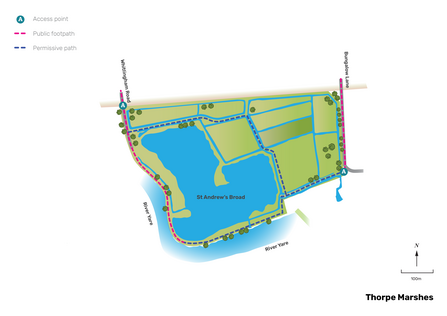
Illustrated map of Thorpe Marshes.
Seasonal highlights
All year round
Birds: grey heron.
Mammals: Chinese water deer, water vole.
Plants: water soldier is common in the dykes.
Spring
Birds: warblers.
Invertebrates: dragonflies.
Plants: fantastic for fenland plants.
Winter
Birds: wildfowl on the broad and, with luck, snipe and stonechat on the marshes.

